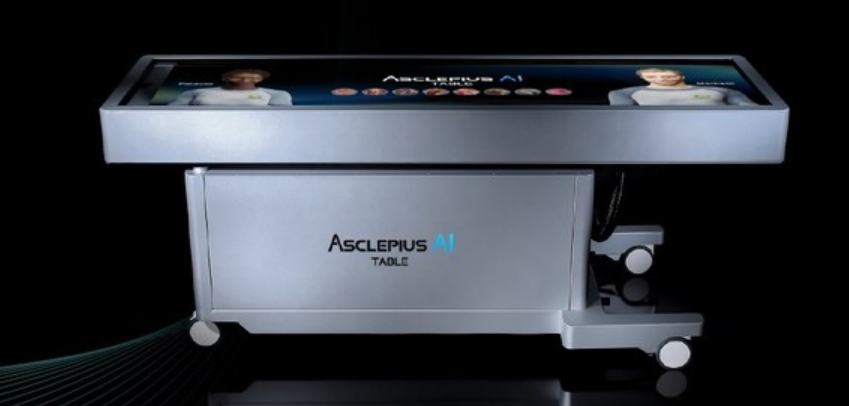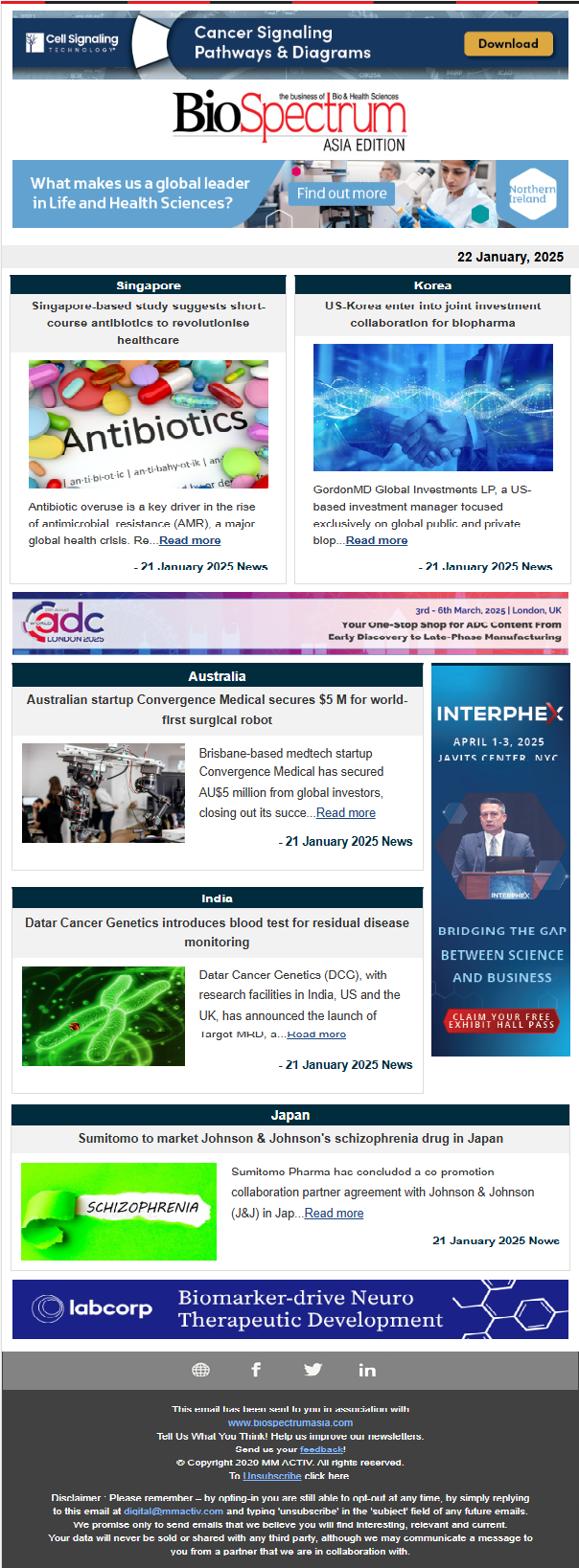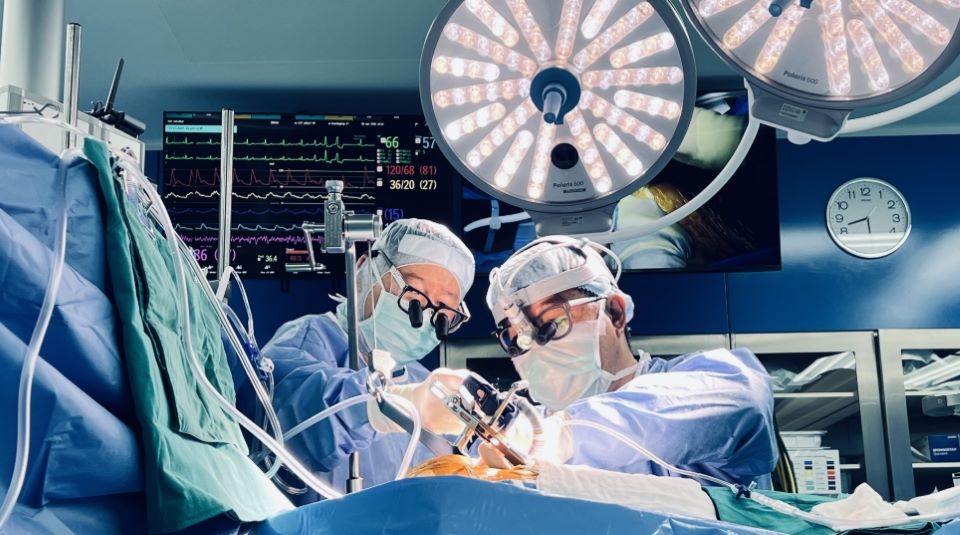
Taiwan-based startup Surglasses Inc. has announced the launch of the Asclepius AI Table, the world's first anatomy table with fully integrated artificial intelligence (AI) instruction — a groundbreaking device that brings real-time intelligence and immersive interaction into medical and veterinary education.
Unlike traditional systems that rely on external software or passive content, the Asclepius AI Table is a self-contained, AI-enhanced teaching platform. Two built-in digital instructors respond to voice and text in real time, offering guided instruction, anatomical explanations, and adaptive learning based on user input. The system is ready to use out of the box, requiring no technical setup or training, making it ideal for classrooms, labs, and interactive demonstrations.
The table features eight deeply integrated modules designed to meet the diverse demands of modern medical and veterinary curricula. Students can freely explore high-resolution 3D virtual cadavers, perform open-ended digital dissection, and examine body structures from any angle. For radiological learning, the table enables ultra-fast 3D reconstruction and visualization of CT scans through a built-in DICOM viewer, with multiple rendering presets for efficient analysis.
In the field of pathology, the Histopathology Explorer launches in seconds and includes a large collection of ultra-HD slides, while also supporting custom slide uploads. Movement and biomechanics are covered through the Kinesiology Module, which presents dozens of animated human motion models for understanding joint mechanics and musculoskeletal interactions.
Additional tools include CTRender, a powerful engine for importing and manipulating DICOM files; a real-time ultrasound simulator that supports procedural training using clinical data; and a robust veterinary anatomy library with anatomical models for a wide range of species — supporting both human and animal education in a unified environment.
The Embryology Timeline rounds out the system, offering a vivid 3D visualization of human development from fertilization to birth — helping students connect macro-level anatomy with developmental biology in a way that textbooks alone cannot achieve.




